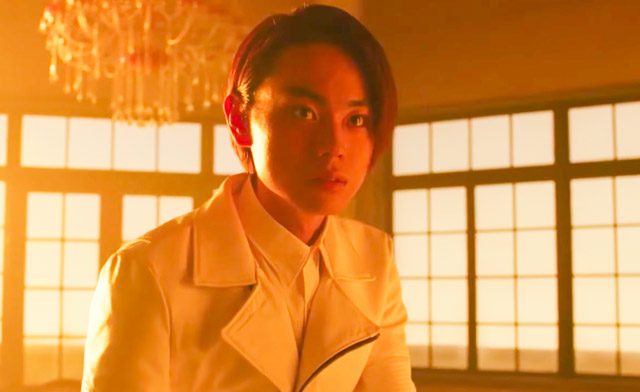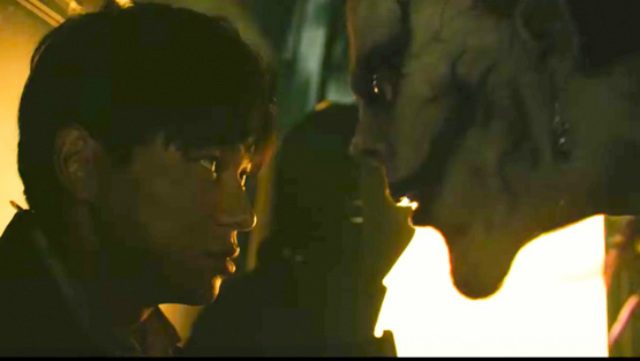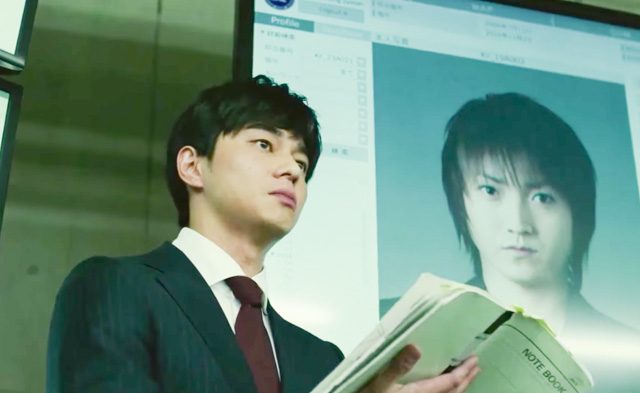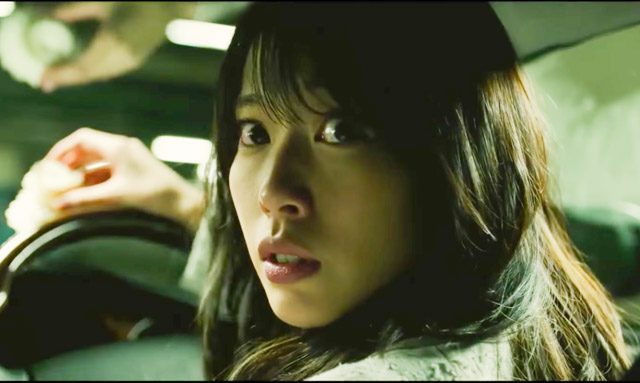SUMMARY
This is AI generated summarization, which may have errors. For context, always refer to the full article.

Shinsuke Sato’s Death Note: Light Up the New World opens somewhere in Russia where a doctor, on his way to a patient’s house, discovers one of the 6 titular notebooks on the street.
Bigger ambitions
The Russian doctor reads the instructions of the notebook which basically has the owner write the name of whoever he wants to die on its pages. He doesn’t take it seriously but carries the death note with him anyway. He then witnesses his patient writhing in pain, begging to die. Out of a mix of curiosity and mercy, he writes his patient’s name, performing his first kill.
Light Up the New World however has ambitions greater than documenting the moral quandaries and transformation of a person who suddenly finds himself with the power to anonymously wipe out anybody from the face of the Earth. Its predecessors, Shusuke Kaneko’s Death Note (2006) and Death Note: The Last Name (2006) have already done that, detailing how Light Yagami turns from a taciturn student into a god and idol by using his newfound powers to rid the world of evildoers.

Those films, diligently adapted from the 2003 manga and anime series that followed it, provoked in its exploration of the dangers of humanity’s weaknesses in the face of being granted gargantuan powers. They are steadfast in containing themselves within the rivalry between Light and the genius detective tasked to unravel his identity. This is all good, except that when the films ended, questions remain. What exactly has happened to the rest of the world given that the existence of a death note opens up new possibilities?
Answering questions

Light Up the New World seems to place itself in that position to answer that question, to give light to the bigger picture that is outside the riveting competition between the previous films’ main characters. Sato imagines the post-Death Note world as a mirror image of present-day realities, where criminality has been overtaken by concerns regarding terrorism and world peace. His stakes are higher, proposing that the death notes as keys in a fight for world order.
There is one sequence early in the film that is haunting in its resemblance to current events. A woman walks the street of Tokyo, merrily writing the names of everybody she sees, resulting in a series of unexpected deaths within her vicinity. What is particularly striking about the sequence is how her actions cause panic, turning the public space into a spectacle of car crashes and stampedes. It’s a portrait of terrorism, yet well within the mechanics of the film’s fantasies.
Sadly, Light Up the New World would again keep its real-world perspectives in the background, as it copies its predecessors’ knack for puzzles and reveals.

The film essentially follows a group of investigators led by Ryuzaki (Sosuke Ikematsu), the inheritor of the DNA of Light’s rival L, who are tasked to recover the 6 death notes that are being used in a series of worldwide killings that are somewhat related to establishing a new world order bereft of terrorism. It again navigates itself around a convoluted plot where the rules of the death notes are used to create excitement out of a series of deductions eventually leading to a very familiar plot twist.
Updating the discourse

It’s all good and entertaining.
While Light Up the New World sometimes takes its time to make sense out of the various threads it attempts to weave together, it still manages to churn out sequences whose surprising conclusions do not feel too conveniently conceived. Sadly, if one is expecting something new from the franchise, Sato’s film may prove to be a letdown. It is really just more of the same, except that the setting apes current events, somewhat updating its always thoroughly engaging discourse. – Rappler.com

Francis Joseph Cruz litigates for a living and writes about cinema for fun. The first Filipino movie he saw in the theaters was Carlo J. Caparas’ ‘Tirad Pass.’ Since then, he’s been on a mission to find better memories with Philippine cinema.
Add a comment
How does this make you feel?
There are no comments yet. Add your comment to start the conversation.